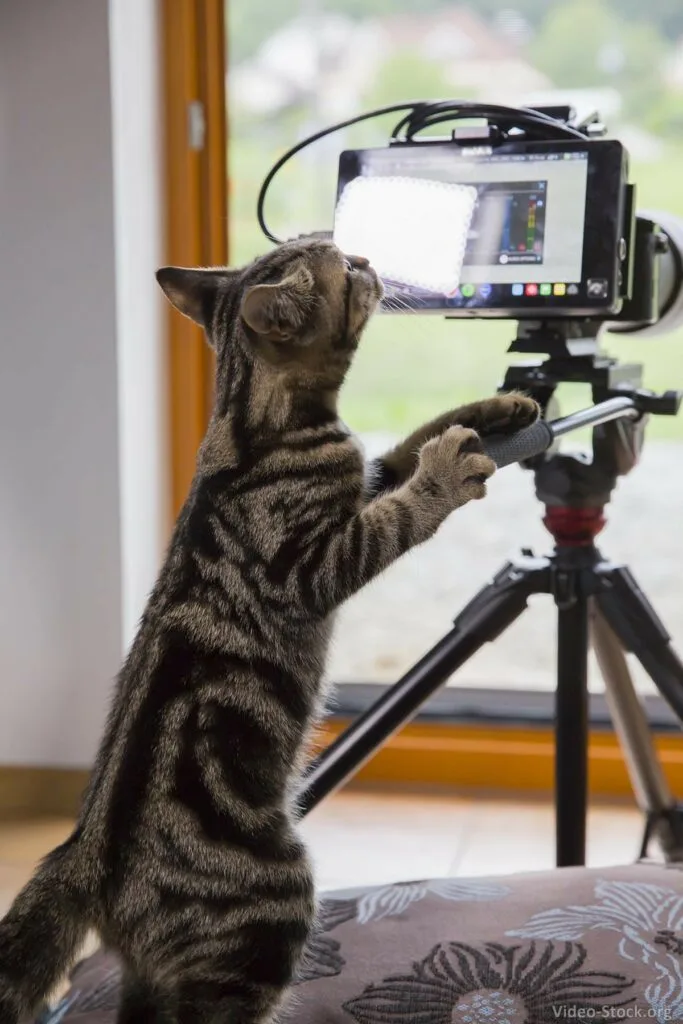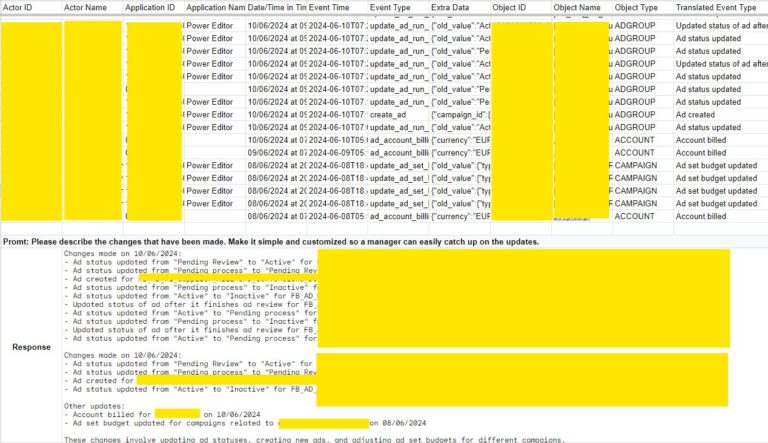Saving Millions on Meta Advertising Without Compromising Performance
Challenge
The project faced significant inefficiencies in Meta Advertising performance and rising new customer acquisition costs. The existing campaigns relied almost exclusively on catalog-based creatives with outdated 7+1 attribution. Multiple international markets were in play, with fragmented accounts in poor condition—lacking consistency, optimization, and effective tracking.
Market Mapping
A detailed market scan was conducted, analyzing key competitors across the selected regions. The focus was on understanding how competitors integrated ads within their organic content and what creative formats performed best. Despite regional differences, common patterns emerged: most successful brands leaned into specific creative formats—particularly short-form videos, native-looking content, and hybrid organic/paid strategies.

Strategic changes
After testing various attribution models (7+1, 1+0), the most effective setup was a consolidated 7+0 structure. Attribution settings were realigned across all accounts. Tracking infrastructure was rebuilt from the ground up, including fixing broken data signals, improving conversion API integrations, and ensuring platforms received maximum actionable data.
Customer exclusion lists were minimized to avoid throttling algorithm performance, given the client’s dominant market share. This allowed acquisition to scale without artificial limits. The focus shifted to high-volume new customer acquisition at a low CPO by trusting Meta’s optimization engine when fully fed with clean, rich data.

Some markets saw CPOs climb as high as €50, highlighting severe issues with placement strategy and campaign structure.
Conversion Tracking & Management
Every ad account was audited and cleaned up. Broken tracking pixels, underperforming conversion events, and signal-sharing gaps were resolved. This ensured that all data points could be used effectively by Meta’s algorithm to optimize delivery.
Video Ads and Creative
The previous overreliance on catalog-only ads was replaced with a creative overhaul. Entertaining meme-based content, native-looking UGC, and stylized product-focused sales videos were introduced. Grammar and localization issues were corrected with native speakers to boost credibility and engagement.
Creative diversity was key—ads pulled content from high-performing organic posts, ensuring familiarity and alignment with what target audiences already engaged with. Formats were optimized for every placement, including adding missing ratios and assets where needed.
New customer acquisition journeys were also restructured. The focus was on dynamic hooks, relatable visuals, and streamlined messaging—all designed to move cold audiences through the funnel faster.

Relax — content creation is clearly in expert paws.
How we streamlined reporting across multiple accounts
To handle the large number of changes across dozens of ad accounts, a custom reporting system was developed.
Using Meta’s API, changelog data from ad accounts was pulled automatically into Google Sheets via GCP. That data was then connected to OpenAI, where prompts were structured to summarize updates clearly and concisely.
For example:
“Please describe the changes that have been made. Make it simple and customized so a manager can easily catch up on the updates.”
This system allowed real-time, human-readable summaries of account activities—perfect for team leads and managers overseeing multi-market operations. Highly scalable, this approach eliminated the need for time-consuming manual reporting and made high-level insights available instantly.

Results
New customer acquisition costs dropped by 5x to 10x, enabling a significant reduction in ad spend without sacrificing performance.
Thanks to the revamped creative strategy, the brand also began building stronger recognition and engagement across markets, laying the foundation for long-term growth.
